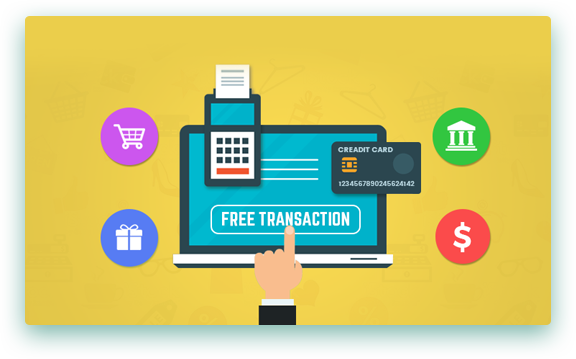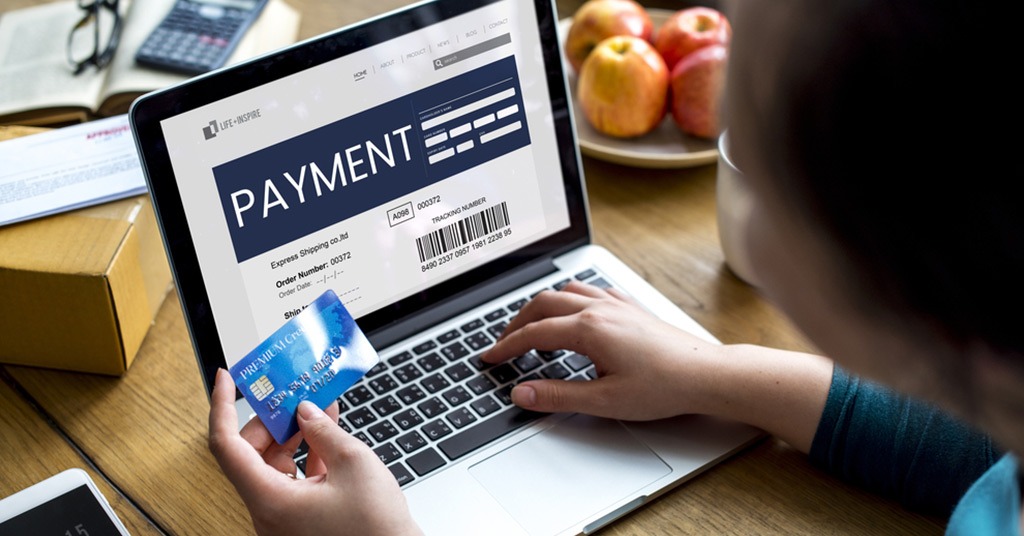Top five trends in India’s digital payment landscape
Top trends in India’s digital payment landscape
Consumer are rapidly switching to non-cash payment methods that provide simple and convenient ways to transfer money across bank accounts
Digital shift
The last 24 months have seen amazing shifts in the digitization of payments in India. Demonetization provided a strong impetus for consumers to move to non-cash payment methods, and while the transaction levels seen in the months immediately post demonetization have not sustained, a new normal has been found. An increase in the adoption of digital instruments has been aided by the increase in merchant outlets, as well as the proliferation of UPI that provides a simple and convenient way to transfer money across bank accounts. The number of merchants accepting card payments has more than doubled in the last two years to cross 3 million, and the number of UPI transactions almost touched 250 million in June 2018. Overall, the proportion of cash transactions in the total consumer spending in the country has come down from 78% in 2015 to 68% in 2017 (Source: Euromonitor).
 |
| https://securecdn.pymnts.com/wp-content/uploads/2016/07/iyap_digitalpayments |
Interestingly, a large part of the activity in the digital payments space has been led by non-banks. PayTM, one of the leading mobile wallets in the country, claims to have acquired more than 5 million merchants using QR code, a technology that has gained significant prominence in developing countries like China. Digital giants like Google and Facebook offer seamless payment services leveraging UPI through Google Pay and WhatsApp Pay respectively. E-commerce companies like Flipkart also offer payment solutions through PhonePe. We expect digital payments to evolve rapidly over the next few years, and non-cash spend to overtake cash spend by 2020.
QR code
Deployment of QR code technology for digital payments at merchant outlets eliminates the use of expensive EDC (electronic data capture) machines or NFC (near-field communication) devices and improves the economics of merchant acquiring. We believe that riding on this, more than 10 million merchants will accept non-cash payments in the next couple of years.
Deployment of QR code technology for digital payments at merchant outlets eliminates the use of expensive EDC (electronic data capture) machines or NFC (near-field communication) devices and improves the economics of merchant acquiring. We believe that riding on this, more than 10 million merchants will accept non-cash payments in the next couple of years.





Well written content👍
ReplyDeleteAmazing write up 👌
ReplyDeleteNice... But mc Donald wale Paytm se payment nhi lete ☹️😣
ReplyDeletePaytym has helped us alot 🤩
ReplyDeleteAmazing content
ReplyDeleteNice👍
ReplyDeleteThis is absolutely true. E-payments has helped me a lot when i run out of cash
ReplyDeleteGood👍
ReplyDelete